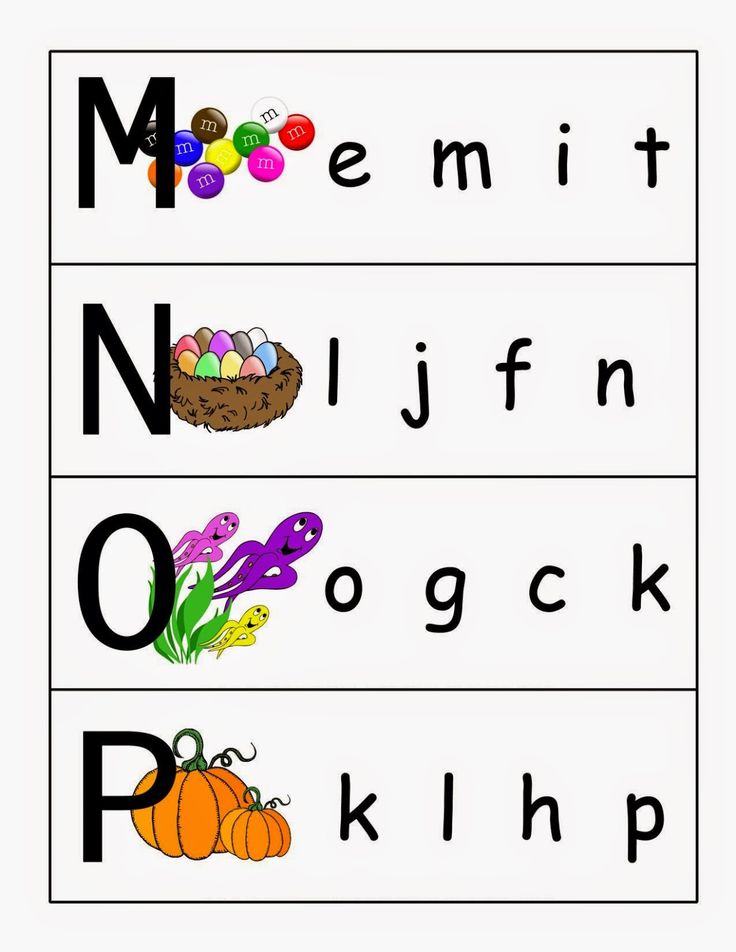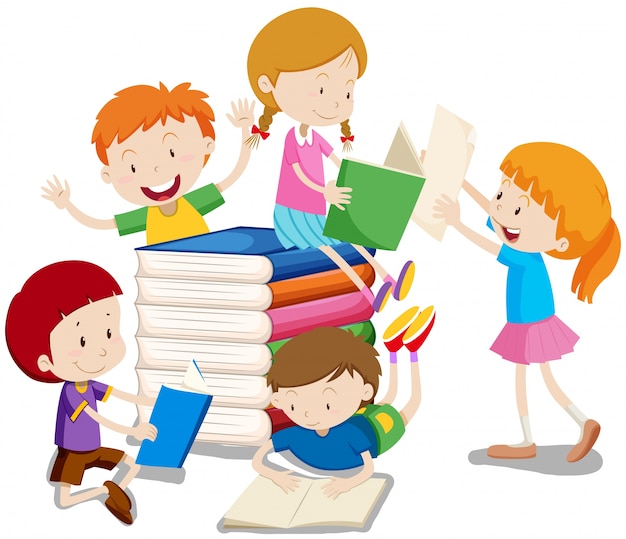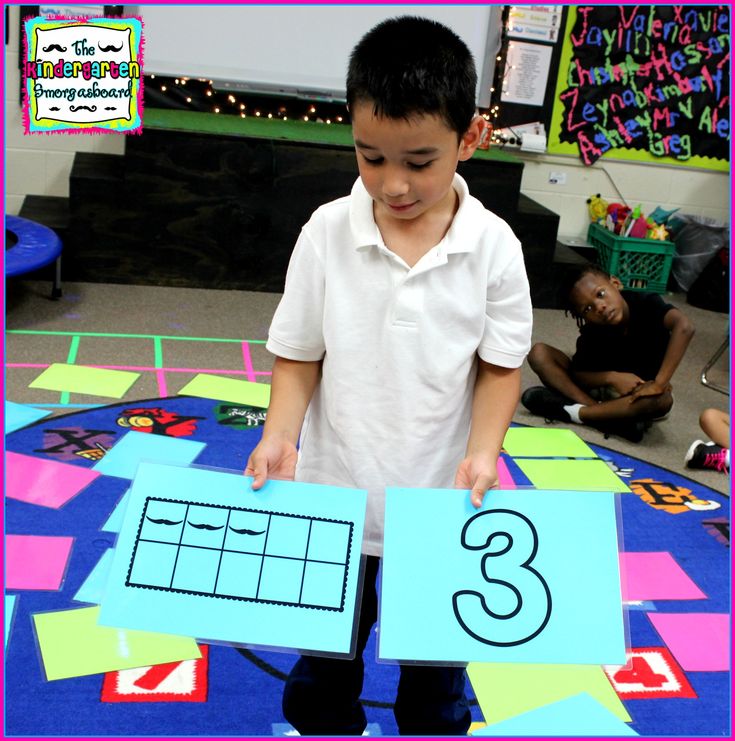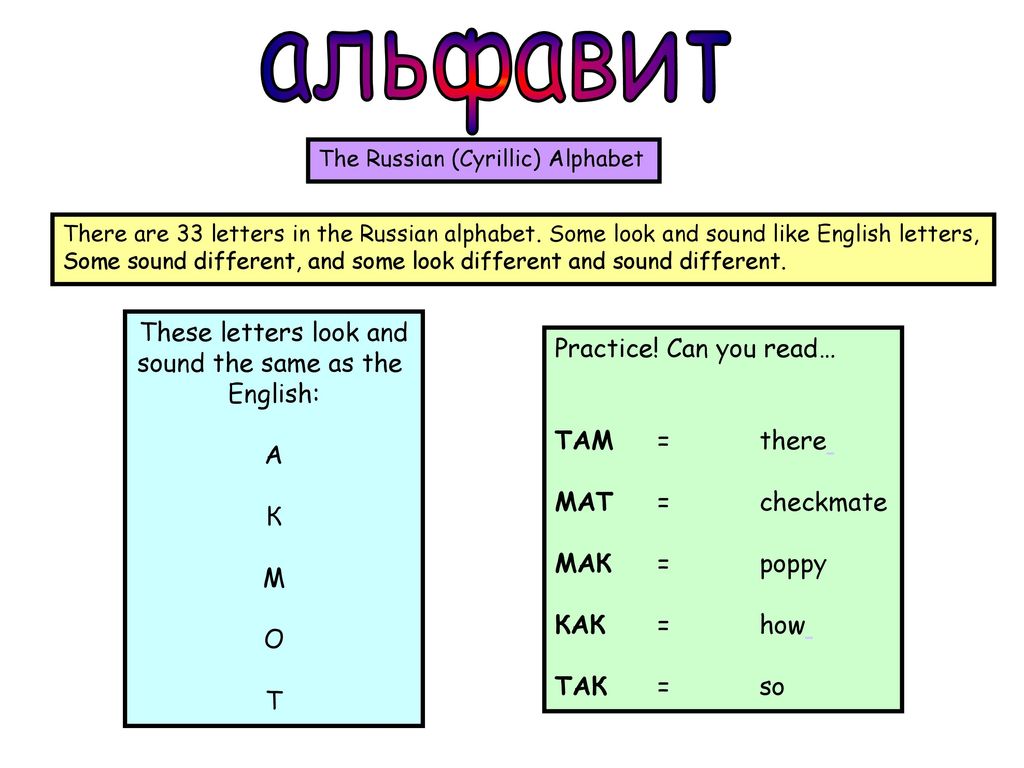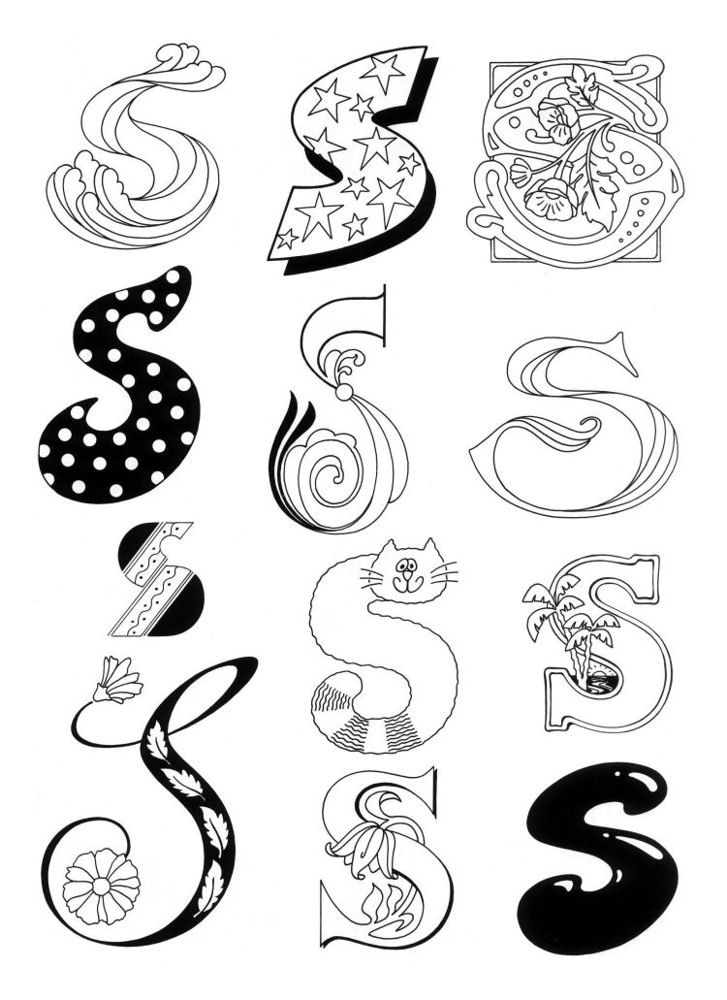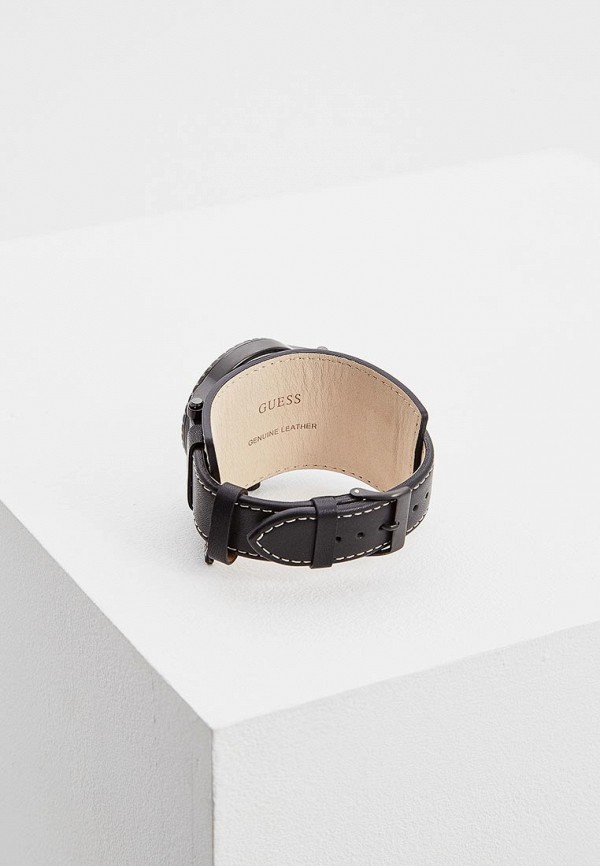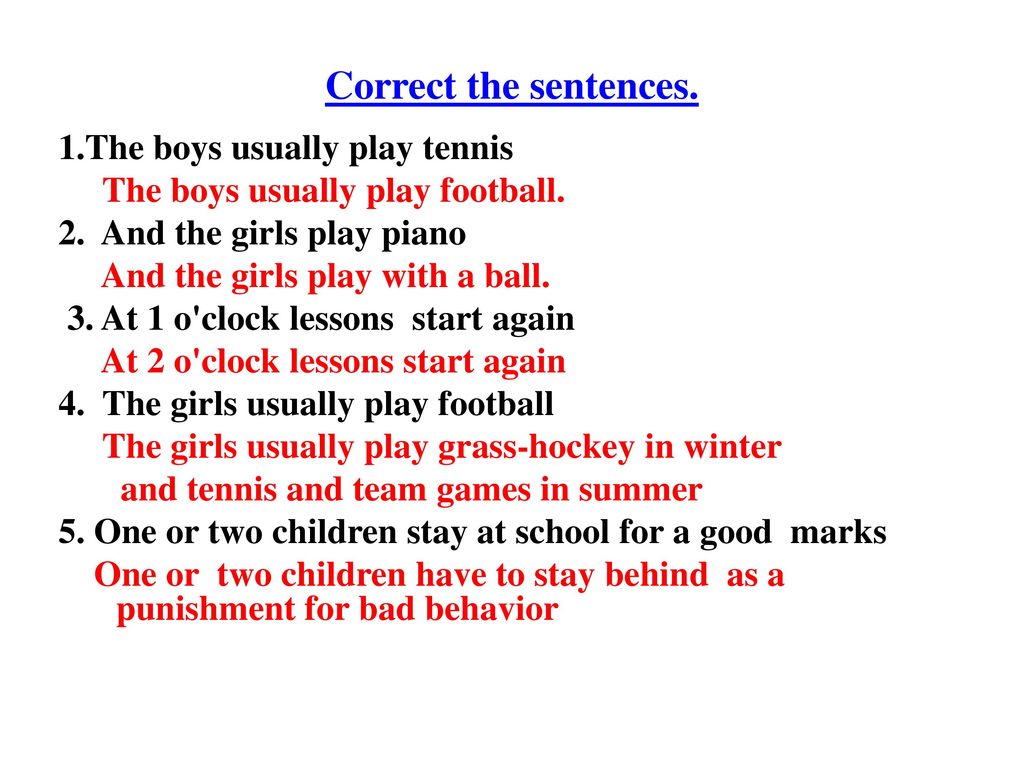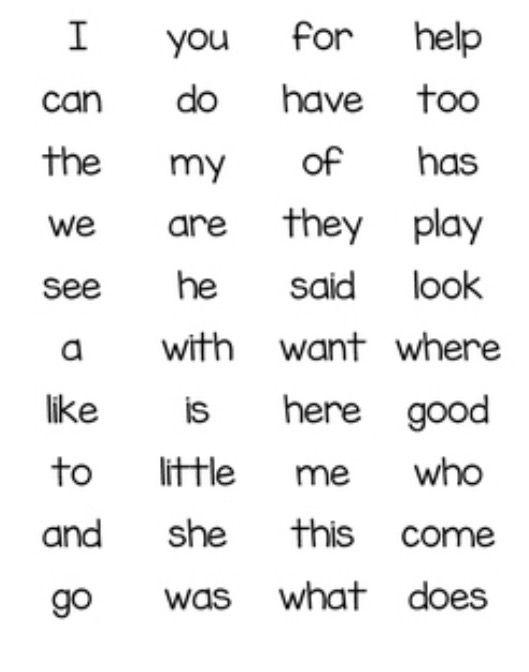Letters for child
How to Write a Letter to Your Child
Learn How to Write a Letter to Your Child with these easy and helpful letter writing tips!
In this post, I’ll share with you how to choose the right location, time, and supplies for your letter writing.
You’ll also read about how to choose what to say in your letter with a list of things you can include in the letter.
At the end of the post, you’ll find examples of letters that you can write to your child to help you get started.
As a mom, you may find yourself wanting to write a letter to your child. There are many reasons why this might be appealing.
Perhaps you want to tell them about their birth story, or share some wisdom that you’ve gained along the way.
Or maybe you just want to let them know that you love them and are thinking of them.
Whatever the reason, writing a letter to your child can be a really special experience. In this post, I’ll share some tips on how to make a letter to your child as meaningful as possible.
While you’re here, check out these other letter writing tips:
- How to Write a Letter to Your Daughter
- Time Capsule Letter To My Son
- What to Write in a Time Capsule Letter to Your Child
- What Do You Write in a Letter to a Child at Camp?
- How to Write Letter to Sponsored Child
When I sat back to think about writing a letter to my child, it wasn’t hard to come up with a list of reasons why my child is amazing and inspiring.
The problem is, I can get so busy with life that I don’t always take the time to tell my children these things personally, so writing a letter is a great way to sit down, collect my thoughts, and make sure each child knows how I feel about them with words.
I’d like to challenge you to take some time to write a letter to your child soon!
Letter writing is a great communication tool, but it can be difficult to write a letter because it takes time and focused energy to sit down and put your thoughts into words.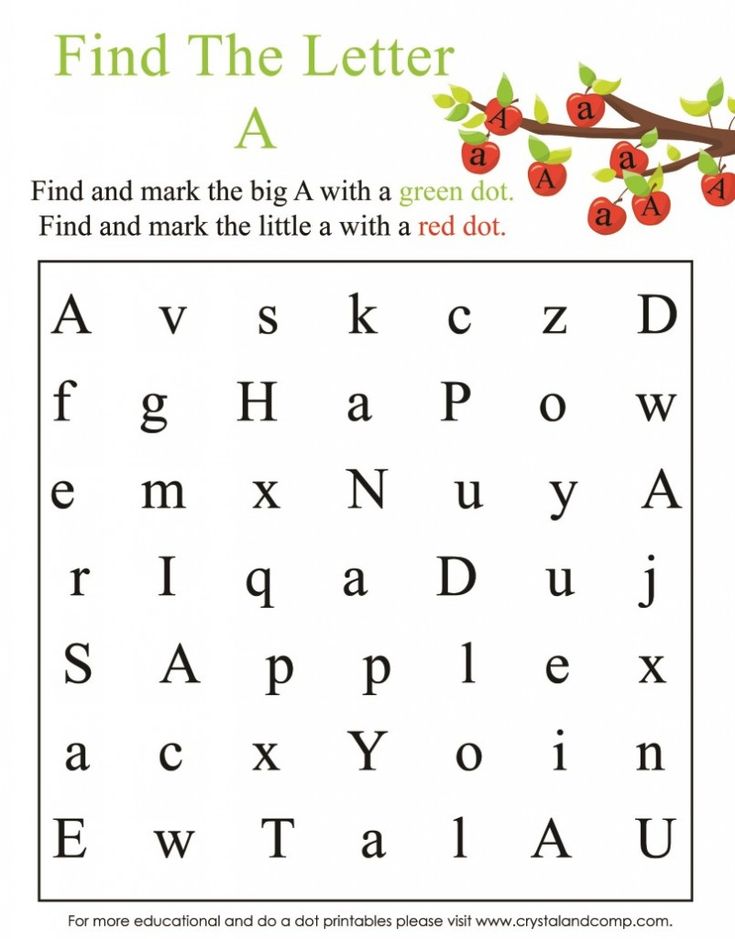
If you need some tips on writing a letter to your child, these tips may help.
Benefits of Writing a Letter to Your Child
Writing a letter to your child is a cherished tradition that can be very meaningful for both parents and children.
It’s also a great way to stay connected when you are apart. Letters offer the opportunity for parents to share their thoughts, feelings, and experiences with their children in a way that goes beyond just telling them what happened during the day.
They also provide kids with a window into their parents’ lives and hearts. If you have never written one before, the tips mentioned in this post can help!
The most important thing is to start today so you can enjoy the process of writing and giving letters throughout the year.
How to Write a Letter to Your Child
Gather your writing supplies.
You’ll want to make sure you have everything you need to write a letter when you decide to get started on your personal letter.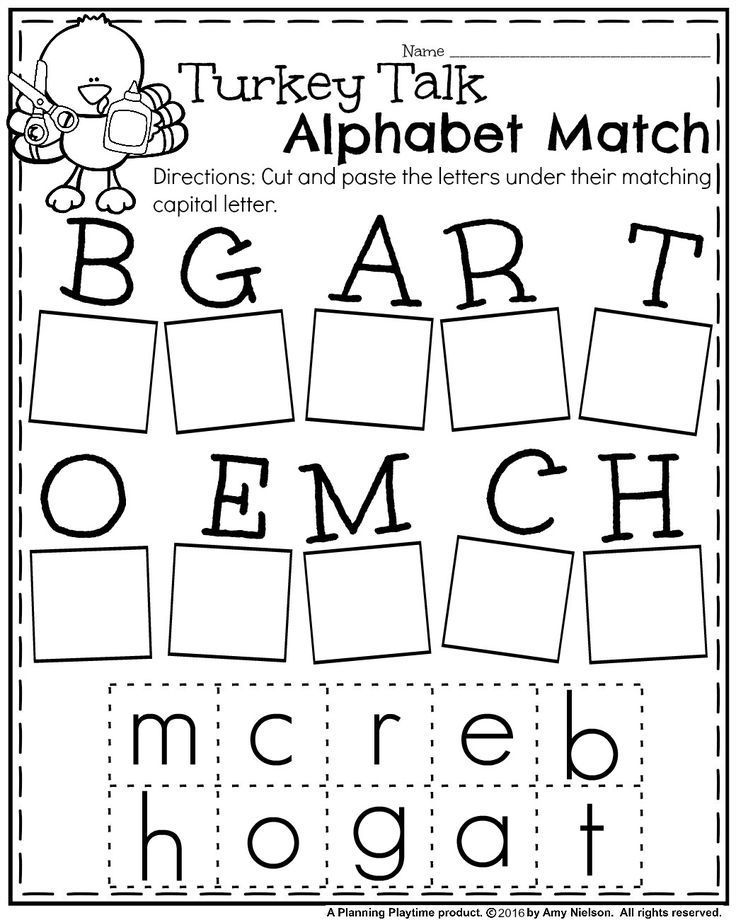
Here are a few letter writing supplies and options you may find helpful.
- Pens for Letter Writing
- Letter Writing Paper
- Stationary Set
- Envelopes
- Decorative Stamps
- Decorative Stickers
Find the right time to write a letter.
There’s no best time to write a letter to your child – just do it when the feeling strikes you!
It’s always nice for them to receive a handwritten note from you, whether it’s just to say hi or to express your love and pride.
Pick a quiet moment when you have some time to yourself, and let the words flow from your heart. Your child will cherish your letter forever.
Pick a Location where you’d like to write your letter.
There are many different places where you can write a letter to your child. You can write it anywhere that is special to you, or anywhere that has meaning for your relationship. Here are some ideas to get you started:
- Coffee shop
- Local library
- Home office
- Your favorite cozy space in your home
- Place where you first met your child
- Child’s favorite park or playground
- Your backyard patio
- Anywhere that reminds you of a happy memory with your child
- In the car
- Beach
You can also write your letter to your child anywhere that you feel comfortable and safe.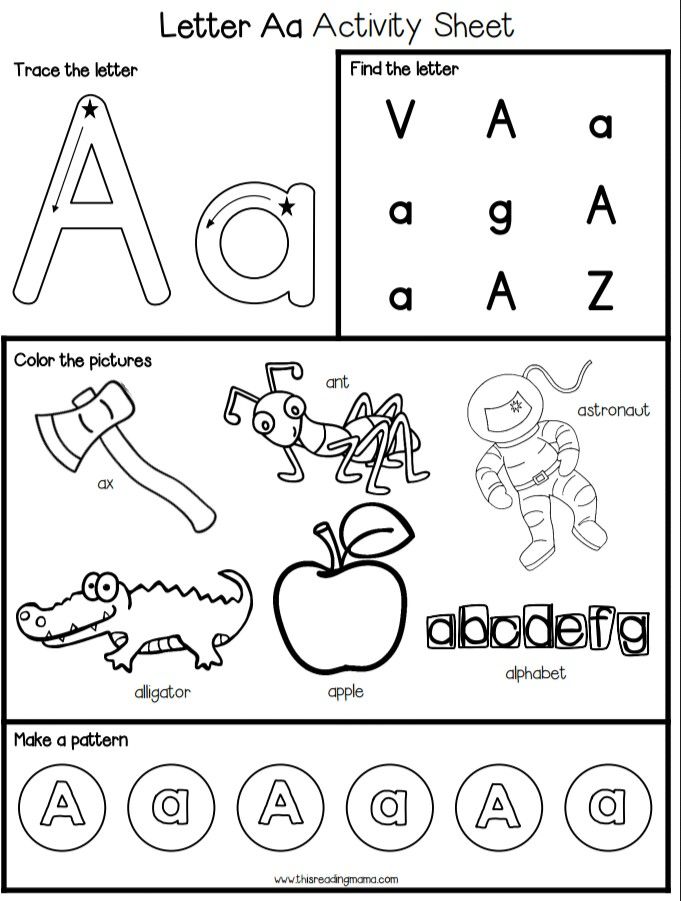
Just remember to choose a place where you’ll be able to focus on your thoughts and feelings, and where you’ll have some privacy to write.
What type of letter do you want to write to your child?
There are many types of letters that you can write to your child. You may want to write a letter of love and encouragement, or a letter apologizing for something you have done.
Whatever the reason, it is important to choose the right type of letter for your child.
Some common types of letters to write to your child include:
A Letter of Love and Encouragement
This type of letter is perfect for telling your child how much you love and appreciate them. It is also a great way to encourage them in their pursuits and remind them that you are always there for them.
A Letter Apologizing for Something You Have Done
If you have made a mistake, it is important to apologize to your child. This will show them that you are willing to take responsibility for your actions and that you care about their feelings.
A Letter Asking Forgiveness
If you have done something that has hurt your child, it is important to ask for their forgiveness. This shows them that you are remorseful for your actions and that you value their relationship.
A Letter Congratulating Your Child on a Job Well Done
Whether your child has achieved a personal goal or accomplished something great, it is always nice to write a letter congratulating them on a job well done. This shows them that you are proud of their accomplishments and that you support their efforts.
No matter what type of letter you choose to write, be sure to write it from the heart. Your child will appreciate your words more if they can see that you are genuinely sincere.
Choose a type of letter that you feel will best express your feelings and be sure to take your time in writing it.
A well-written letter can make a world of difference to your child.
How to choose what to say in a letter to your child
Are you trying to decide what you should write about in a letter to your child? Here are some tips!
Think about what your child means to you.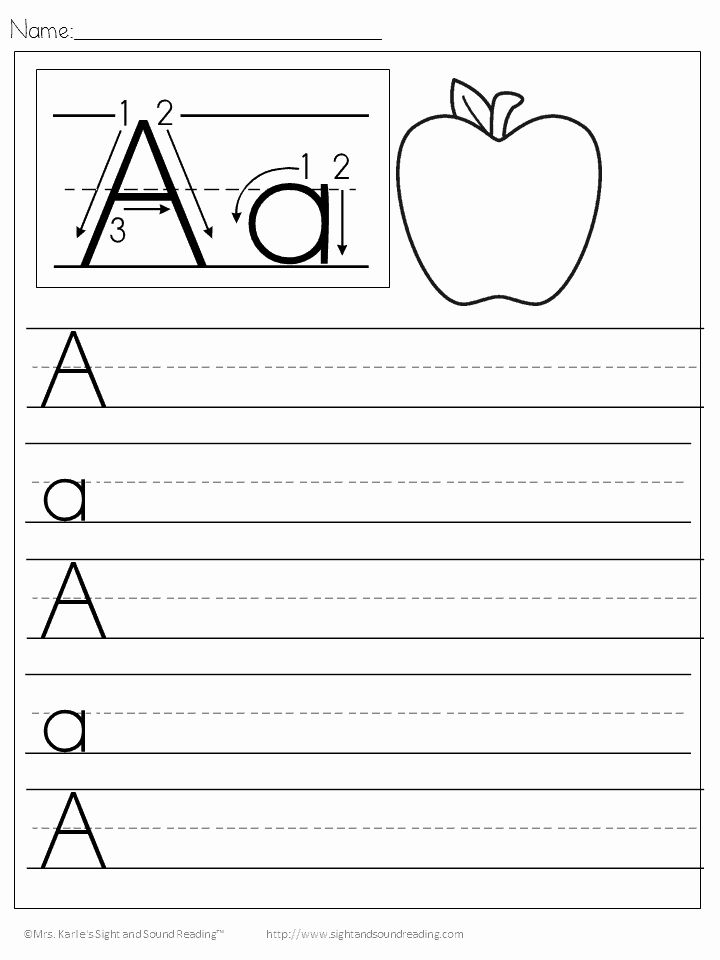 What are some of the things you love about them? What are you proud of them for? These are all great things to write about in a letter to your child.
What are some of the things you love about them? What are you proud of them for? These are all great things to write about in a letter to your child.
Consider sharing some of your own experiences with your child. What lessons have you learned in life that you think would be valuable for them to know?
Think about what advice you would want to give your child. What do you want them to know about life? What do you want them to remember?
Take some time to think about what you want to say in a letter to your child.
This is an opportunity to really express your thoughts and feelings, so make sure to choose something that is important to you and that you think will be meaningful for them.
List of things you may include in a letter to your child
1. Tell your child you love them unconditionally.
2. Tell your child that you are proud of them and list a few reasons why you are proud of them.
3. Tell your child that you value your relationship with them.
4. Let your child know what kinds of things you like about them and/or the activities you like to do with them.
5. List out things that your child is good at.
6. Keep your letter short. Remember quality vs. quantity.
7. Leave out any negative criticism or complaints about your child.
8. Keep this in mind when writing your letter: “What did you like to hear from your own parents or wish you would have heard from your own parents if they were to write you a letter?
9. Use these positive words throughout your letter: love, proud, enjoy, cherish, & believe
10. Be honest with your child, in a positive way. Open up to him or her. This is your time to really tell your child how much he or she means to you.
Hopefully these tips will help you write a meaningful letter to your child!
Now that you have a few ideas of what to include in your letter, here are example letters that you can use to help you get started on your letter writing to your child.
Example letters:
Example 1:
Dear child,
I am so proud of the person you are becoming.
You are kind, caring, and always think of others. I can’t wait to see all the wonderful things you will do in your life.
I am grateful to be your parent and witness all your accomplishments. Keep up the great work!
Love always,
Mom
Example 2:
Dear child,
I hope this letter finds you well. I wanted to write and tell you how much I love you and how proud I am of you.
You are such a smart, talented young man/woman with so much potential. It brings me joy to see you doing so well in school and following your dreams.
I know there will be challenges along the way, but I know that you have the strength and determination to overcome them.
I will always be here for you, no matter what. I love you more than anything in this world, and I am so proud to be your mother.
With all my love,
Mom
Example 3:
My dearest child,
I hope this letter finds you well. I wanted to write to you and tell you how much I love you. You are the light of my life and I am so proud of you.
I wanted to write to you and tell you how much I love you. You are the light of my life and I am so proud of you.
I hope that you always remember how much I love you, no matter what happens in life.
No matter what storms we face in life, know that I will always be here for you, cheering you on and supporting you every step of the way. You are my everything and I will never give up on you.
I hope that this letter gives you strength and comfort knowing that no matter what, I will always love you unconditionally.
With all my love,
Mom
Example 4:
Dear Child,
I hope this letter finds you well. I wanted to write and tell you how much I love you and how proud I am of the person you are becoming. It seems like only yesterday you were a little baby, and now you’re growing up so fast!
It has been such a joy to watch you grow and learn new things. You have such a bright future ahead of you, and I know that you will achieve great things in your life.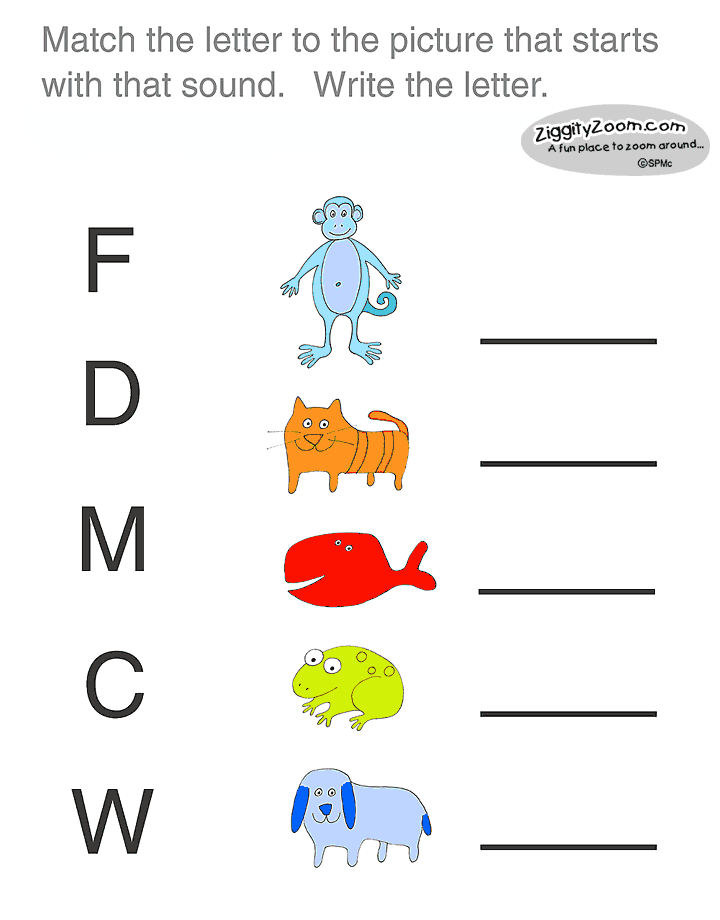
I am so grateful to be your mom and to have the privilege of watching you grow into the amazing person that you are.
I love you unconditionally and no matter what happens in life, know that I will always be here for you. You are the light of my life and I am so proud to be your mother.
With all my love,
Mom
Example 5:
My dearest child,
I wanted to write you a letter and tell you about all the things I am proud of. I am so proud of you and all that you have accomplished. You are such a shining example to others and an inspiration to me. You have made me so proud.
You have always been such a good example to others, even from a young age. I remember when you were just a little girl/boy, you would always help your friends and classmates.
You would go out of your way to make sure everyone felt included and accepted. You have always had such a kind heart.
You have always worked hard in school and achieved excellent grades. But more importantly, you have never been afraid to put yourself out there and try new things. You have always been confident and fearless.
But more importantly, you have never been afraid to put yourself out there and try new things. You have always been confident and fearless.
You are such a beautiful person, inside and out. You have always been so positive and optimistic, no matter what life throws your way. You are always looking for the good in people and situations.
I am so proud of the person you have become and I know that you will continue to achieve great things in life. I love you so much, my dear child.
Always,
Mom
Get Started on Your Letter!
Now that you have the basic structure of a letter to your child, it’s time to get started. The most important part is simply putting thoughts and feelings into words.
Don’t worry about making the letter perfect – just let your heart speak through the pen (or keyboard).
Get started today on telling your child how much they mean to you. They will cherish these letters for a lifetime!
>> Click here to sign up for my email list and get access to my FREE printable library!
How to Write Engaging Letters to Kids – The Postman's Knock
A vital part of sending engaging letters to kids? Make an interesting envelope! (There are tons of mail art tutorials here on the TPK blog.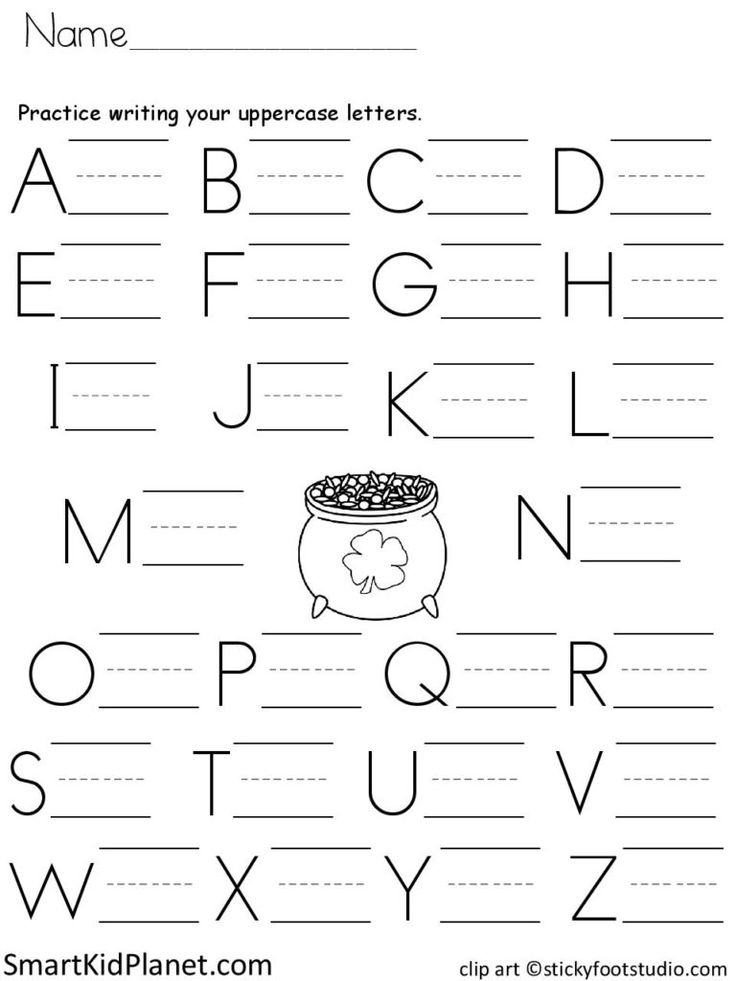 )
)When I was in second grade or so, my aunt started sending me letters. Those letters made me feel incredibly special! My parents were getting mail all the time, and I felt very grown-up that I also had envelopes arriving for me. Fast forward a couple of decades, and my own niece has just finished the first grade. When she wrote me a letter last week, I was excited to write back and give her that grown-up feeling that I craved at her age.
My niece sent me this letter. Isn’t it the cutest?Today, we’ll talk about how to write fun letters to kids that will be the highlight of their day. Here are my top tips for making any kid feel special via snail mail:
1. Write in Large Print
If you’re writing to a younger kid like my niece (age 6-9), write in large, legible print so the child can easily read what you’ve written.
I used a glass pen and a combination of turquoise and walnut ink to write this letter.If the child is 10+ years old, try writing in large, legible cursive.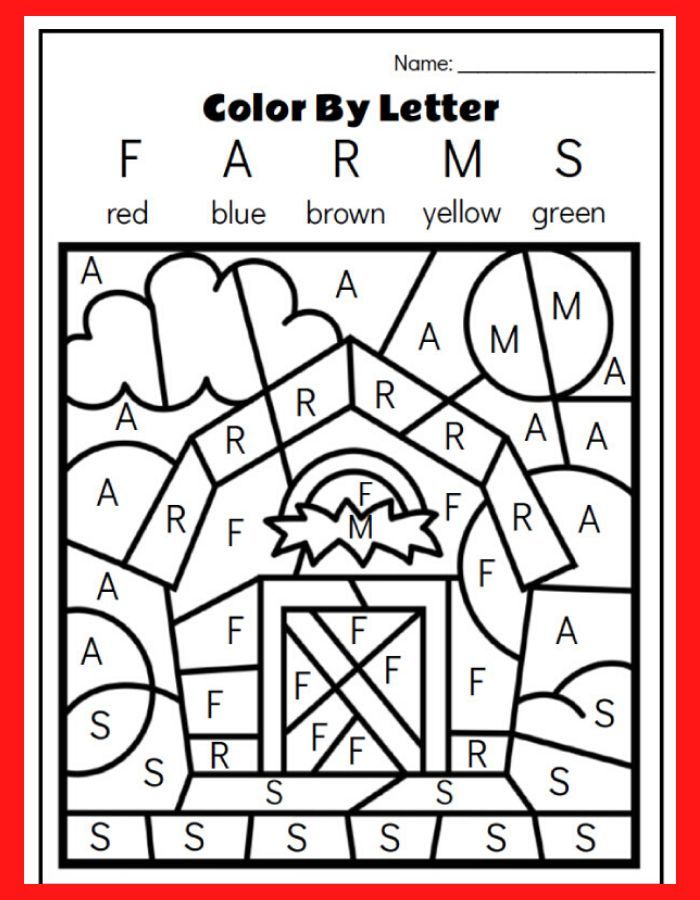 Several 10 year-olds aren’t taught cursive in school, but receiving your letter might get them excited about learning it on their own. If you’re not sure that the child will be able to read cursive, you can always include a printed “translation”.
Several 10 year-olds aren’t taught cursive in school, but receiving your letter might get them excited about learning it on their own. If you’re not sure that the child will be able to read cursive, you can always include a printed “translation”.
2. Include Illustrations or Goodies
When I write letters to kids, I always include some sort of illustration or treats like stickers. My niece loves Greek mythology figures — particularly Medusa — so I doodled a little snake for her.
Enclosures are always a good idea when it comes to kids! You can include something DIY, like flower confetti, or tuck in stickers or postage stamps.
3. Ask Lots of Questions
When you include questions in a letter to a kid, you stoke their excitement to write you back. Try to think of a handful of questions that the child will enjoy answering.
Here are some general question suggestions:
- What did you do today?
- What’s your favorite _____ (food, song, book, etc)?
- How are things at school … do you like your teacher?
- What are you most excited about this summer/holiday break?
4.
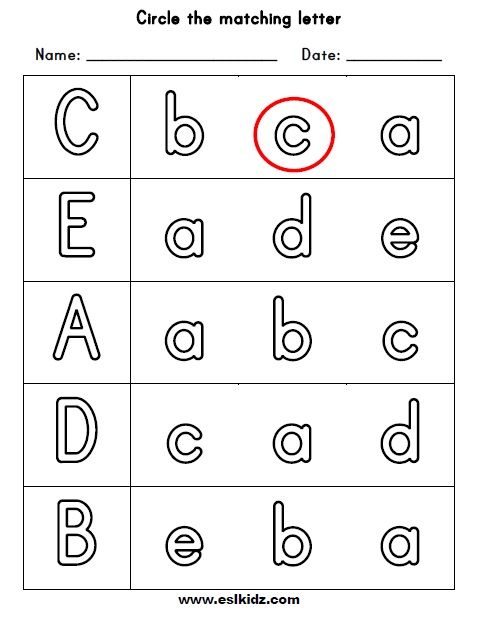 Include Simple Stories
Include Simple StoriesDepending on the child’s age and interests, it’s a good idea to include a story or two. In this letter, I mostly asked questions, but I included a couple of informational tidbits — for example, that my sister-in-law’s birthday is coming up.
Think about the child you’re writing to as you consider which stories or information to include. My niece just learned how to read, so I know that pages upon pages of stories might be laborious for her to digest. So, I kept it simple. As she gets older, I’ll likely write more information and less questions.
5. Make a Fabulous Envelope
The cardinal rule of writing letters to kids is to enclose the letter in an eye-catching envelope. As I pondered the theme of my niece’s envelope, I thought about her original letter to me, which prominently features Medusa as a child (“modoosa the kid” — so cute).
I decided to introduce her to a new mythological figure: the Siren. I gave my Siren a name and subtle details that hint at her danger: claws, horns, and delicate bones holding up her dress. In the distance, a doomed vessel bobs in the sea. I know that my niece will delight in these details!
In the distance, a doomed vessel bobs in the sea. I know that my niece will delight in these details!
Remember that you can customize your mail art to suit the child’s interest. A couple of years ago, I made this lego-themed envelope for a friend’s young son:
I almost always write in calligraphy on kids’ envelopes. It’s a great way to introduce the child to the art of calligraphy! For my niece’s envelope, I used pretty Janet Style calligraphy with plenty of flourishes.
I hope that this article empowers you to write a letter to the kid — or kids — in your life! If you have any further suggestions for writing letters to kids (or your own story to share about receiving letters as a kid), I’d love to hear them in the comments. Happy corresponding!
Warmly,
5 Ways to Learn the Alphabet Quickly and Easily with a 3-6 Year Old Child – Somersault
Before learning the alphabet with a child, it is important to understand what you are not going to do.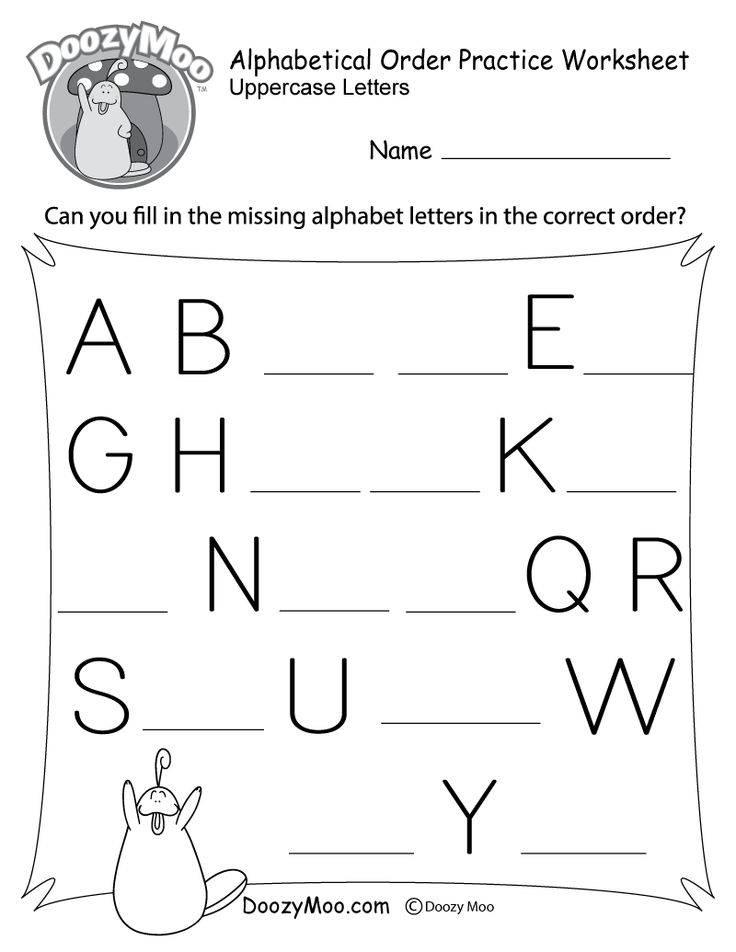 Namely, learning to read. This is a more complex skill, so it is worth putting it off until the time when the child gets acquainted with all the letters and will confidently recognize them and write on their own. Until then, put off the alphabet and reading by syllables.
Namely, learning to read. This is a more complex skill, so it is worth putting it off until the time when the child gets acquainted with all the letters and will confidently recognize them and write on their own. Until then, put off the alphabet and reading by syllables.
In this article, we have put together the basic principles to quickly learn the Russian alphabet with a 3-6 year old child in a playful way. For all games with letters, you can use plasticine, paints and any improvised means or magnetic letters - they will easily attract the attention of the child.
Contents:
- Learn the Alphabet Easily: Basic Principles
- 5 ways to learn the alphabet with your child
- From alphabet to reading
How to Learn the Alphabet Easily: Basic Principles
Each child can find an easy way to learn the alphabet that suits him or her, but there are basic principles that are important for all children. If you do not follow them, study will turn into drill and the child is unlikely to ever love to read. Here are a few such principles on how to properly learn the alphabet for a child.
If you do not follow them, study will turn into drill and the child is unlikely to ever love to read. Here are a few such principles on how to properly learn the alphabet for a child.
- Learn sounds first, not letters . At the first stage of learning, it does not matter how the letters in the alphabet are called correctly. Now only sounds are important for the child - "d", and not the letter "De". The names of the letters will only confuse the child, who first needs to learn to recognize the shape of the letters and their sound.
- Not learning the alphabet in the correct sequence . Until a child goes to school, it is of no use to him to know how the letters are arranged in the alphabet. This information will only distract him from what is really important: how the letters look and sound. The sequence of the alphabet can be learned later or even at school, where this knowledge will be tested by the teacher.
- Do not turn learning into a lesson .
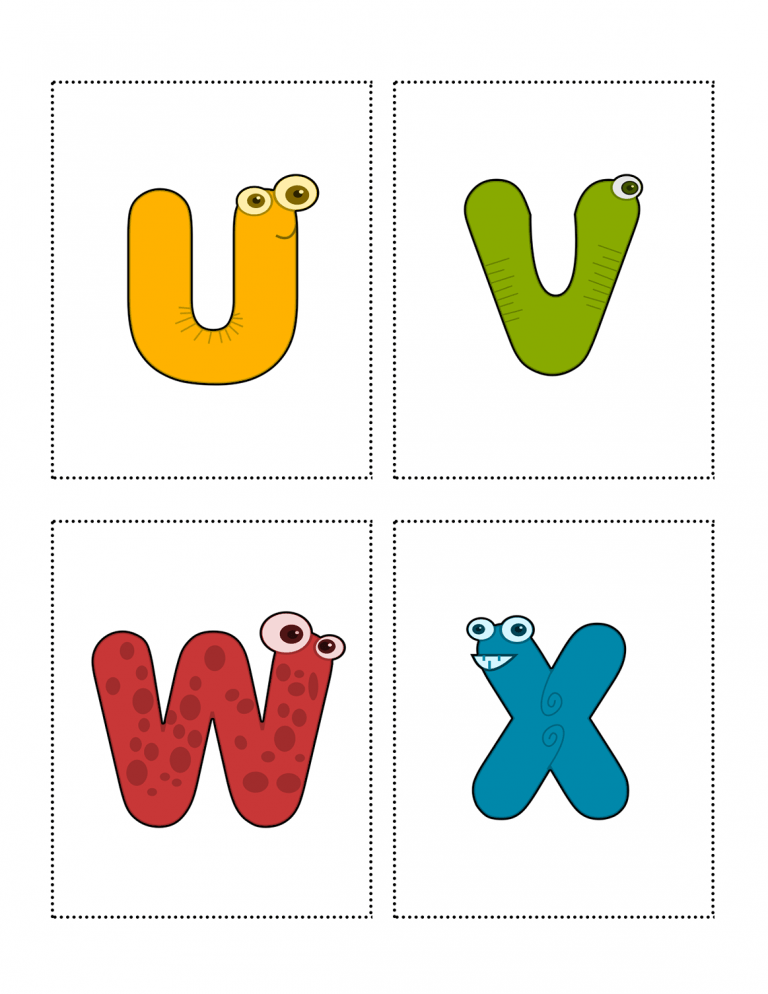 Learning from call to call is difficult even for children at school, let alone a baby. Therefore, all learning should take place in a playful way and not for long: 5-7 minutes a day to get acquainted with the letters will be enough. Gradually, this time can be increased, especially if the child likes the proposed games with letters.
Learning from call to call is difficult even for children at school, let alone a baby. Therefore, all learning should take place in a playful way and not for long: 5-7 minutes a day to get acquainted with the letters will be enough. Gradually, this time can be increased, especially if the child likes the proposed games with letters. - Use material objects . At the age of 3-6 years, the child learns the world by touch and taste. It is difficult for him to work with abstract letters spoken aloud. Therefore, it is better to stock up on plasticine and paints and create letters that are more understandable to the child and can be touched. Such a game for children will allow the child to learn the letters of the alphabet and he will recognize them in different forms regardless of what they are made of.
- First vowels, then consonants . Vowel sounds are easier to pronounce, so it's worth starting with them.
The main thing is not to force anyone. If you see that the child is inquisitive, enjoys exploring the world and is ready to learn, you can move on to learning letters and the alphabet. So the child will be happy to learn the alphabet in a playful way and gradually learn to read. So that the game is not abstract, you can use the magnetic letters TUMBLING.
If you see that the child is inquisitive, enjoys exploring the world and is ready to learn, you can move on to learning letters and the alphabet. So the child will be happy to learn the alphabet in a playful way and gradually learn to read. So that the game is not abstract, you can use the magnetic letters TUMBLING.
5 ways to learn the alphabet with your child
1. Use an interesting topic to study
Use your child's interest to spur his motivation to learn. For example, if your kid is crazy about cars, let them be the topic in which you learn the alphabet. Use any words related to cars:
"A" - bus
"B" - trunk
"C" - driver, etc.
You can show cars and their parts, draw or sculpt from plasticine. It is important that the child's focus shifts from learning to doing what they love. Additionally, the method will help expand vocabulary and knowledge about the world.
2. Cross out a letter of the alphabet in the list
Fill in a small square with arbitrary letters.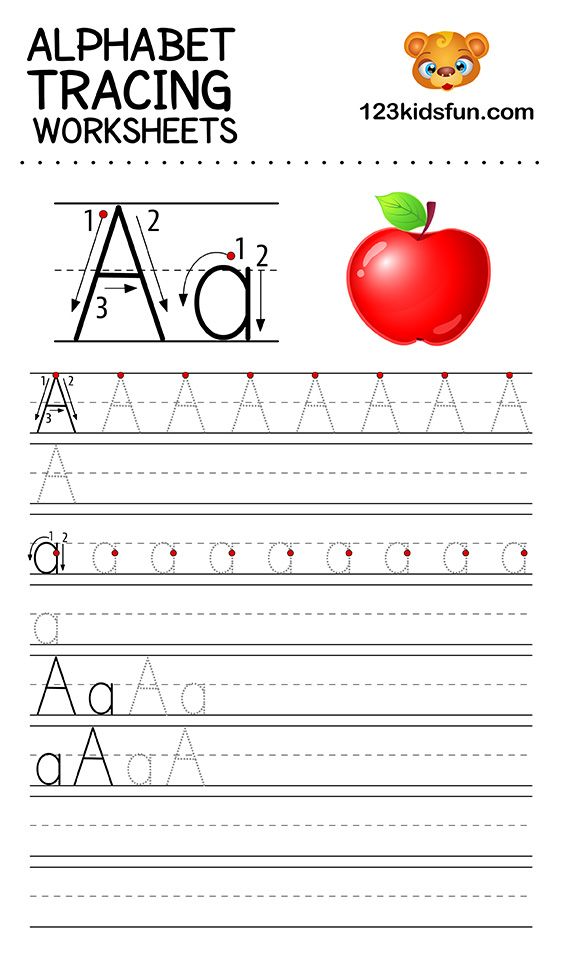 The task is to cross out only the letter that you are studying. This will help the child focus on one letter and not get distracted by the ones he doesn't remember or don't know.
The task is to cross out only the letter that you are studying. This will help the child focus on one letter and not get distracted by the ones he doesn't remember or don't know.
3. Pulling the letters of the alphabet out of the pouch
The soft-touch magnetic letters are perfect for this method. Put the letters in a bag and give the child the task, without looking, to pull out only the letter that you thought of. Let there not be too many letters in the bag, otherwise the child will get confused. 6-7 pieces will be enough. To start, use letters that are very different in shape, such as "O" and "M". Gradually, the complexity can be increased and searched among similar letters, for example, "K" and "X". Don't forget to praise and encourage your child. You can alternate the learning process with desktops.
4. Recognize letters of the alphabet by ear
You pronounce a word, and if it contains a hidden letter, the child claps his hands.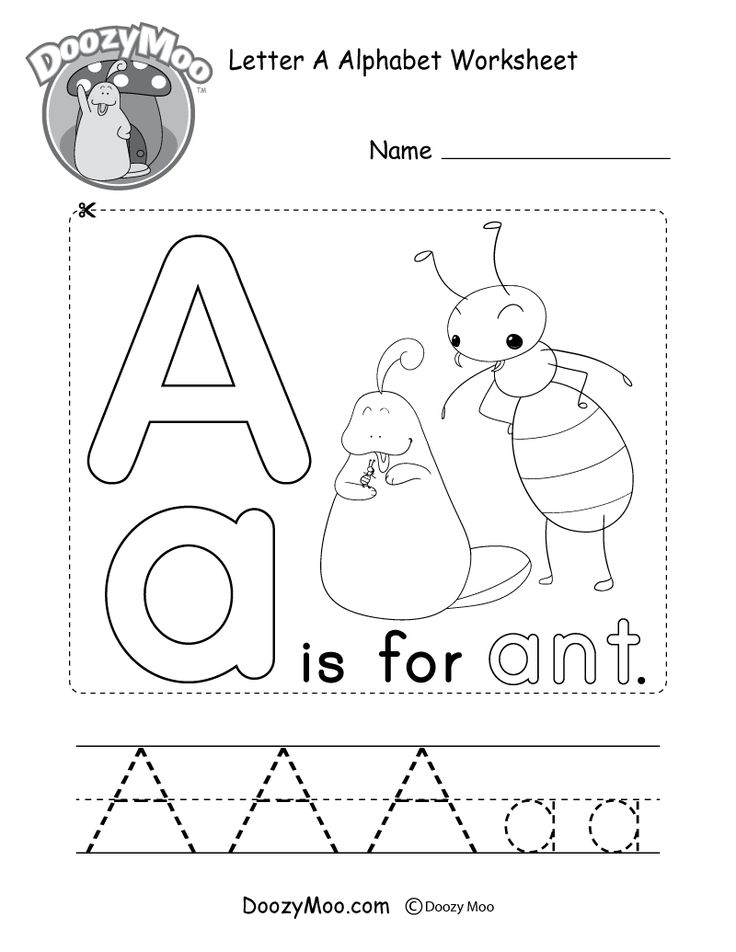
With this game for kids, you can learn individual letters or the entire alphabet. For example, you name a word, and the child inserts its first letter into the insert frame. To stimulate your child's interest, you can use only words from his favorite topic, for example, the names of animals.
5. Guess words starting with the first letter
You choose one letter and think of a word that starts with that letter. For example, the letter "Z":
- What is this animal with big ears and loves carrots?
- Hare!
This game form is again suitable for learning individual letters or the entire alphabet. If you learn only one letter, the child gets used to quickly recognizing it in different words. And if you give words with different letters, the child as a whole learns to understand with which letter they begin. With the study of the account and the English language will also help TUMBLING.
From the alphabet to reading
When a child learns the Russian alphabet, confidently recognizes all the letters in different words and can draw or mold them on his own, it is worth moving on to reading.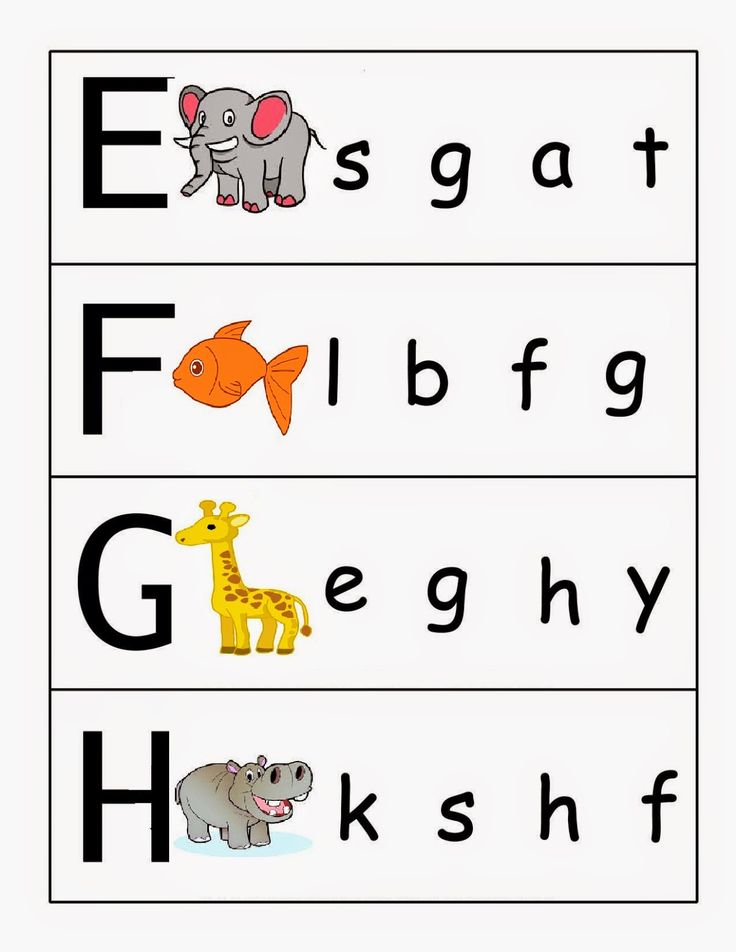 Because you need to learn the alphabet just so that the child can read. If knowledge is not used, it will hang as an extra burden, and by the time school will be forgotten. Therefore, you should not learn the alphabet too early: at 3-4 years old, a child is simply not interested in reading books in order to learn something new. He is more interested when his mother reads. Conversely, by the age of six, the child will be glad to have his own books to read them himself.
Because you need to learn the alphabet just so that the child can read. If knowledge is not used, it will hang as an extra burden, and by the time school will be forgotten. Therefore, you should not learn the alphabet too early: at 3-4 years old, a child is simply not interested in reading books in order to learn something new. He is more interested when his mother reads. Conversely, by the age of six, the child will be glad to have his own books to read them himself.
How to learn letters and the alphabet with a child aged 3-6
Do you want to know the most effective way to teach your child letters and learn the alphabet in the shortest possible time? With our recommendations, it will not be difficult for you to teach your child the alphabet at 3-6 years old. In just a month of short lessons, you can learn vowels and consonants with your child and start reading.
www.fullhdoboi.ru
Why teach your child the alphabet
Before introducing your child to the letters of the Russian alphabet, answer yourself the question WHY you want to do it right now. Is your child 5 or 6 years old and you want to prepare him for school? He is 2 years old and you want to show off the successes of the little genius to your friends and relatives? The kid is 3 years old and you want to "invest in him the maximum" in all ways available to you, so as not to miss the optimal moment for all-round development? What?
Is your child 5 or 6 years old and you want to prepare him for school? He is 2 years old and you want to show off the successes of the little genius to your friends and relatives? The kid is 3 years old and you want to "invest in him the maximum" in all ways available to you, so as not to miss the optimal moment for all-round development? What?
Of course, you can teach your child the alphabet at any age. You can show letter cards from the cradle, but... Let's put parental ambitions aside and focus on the object - the child. Why does he need to know letters? Right to read! Are you sure that right now he is READY to learn the basics of reading? Read what conditions are necessary in order to teach a child to read in our articles and only after that make the right decision:
- How to teach a child to read at 3 years old: pros and cons
- How to teach children 4 years to read
- How to teach a child to read in syllables
- How to teach a child to read well: methods of teaching reading
Any knowledge must be applied in practice.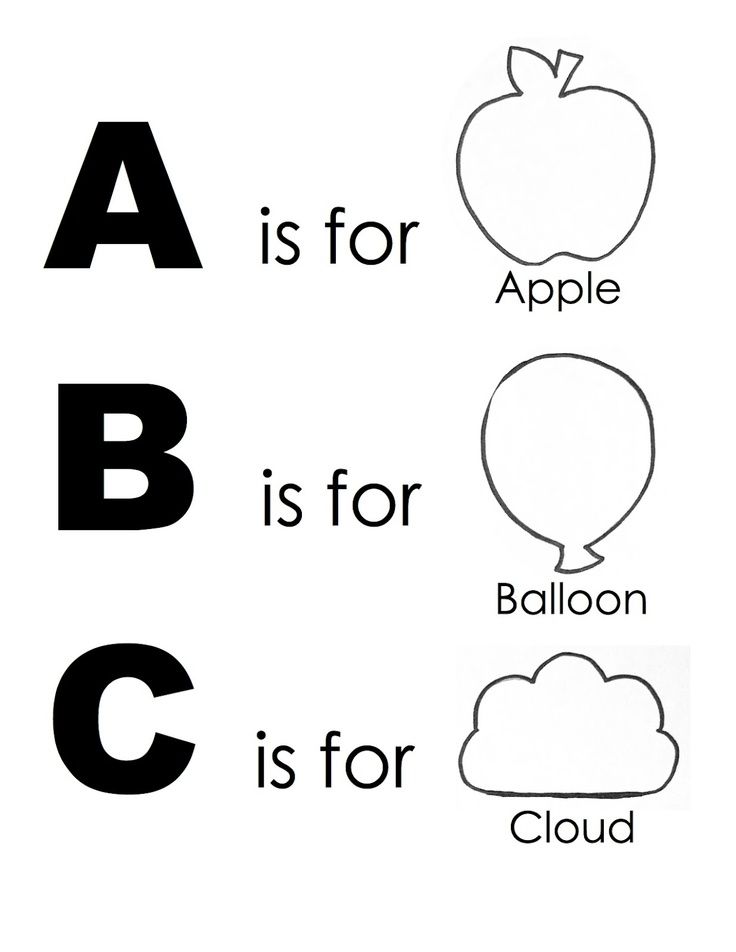 You must clearly understand that the study of letters and the alphabet is teaching the child to read. Otherwise, there is no point, there are a lot of other effective ways to develop memory, thinking, speech. It is not necessary for this to learn letters with a one and a half year old malupas, who is not yet able to pronounce them correctly. If you start learning the alphabet too early, there is a high chance that the child will simply forget the letters by the time he is ready to learn to read. Or the second, more "terrible" moment. Having learned “be”, “ve”, “de”, the child will not be able to read, because other rules work when reading. To merge syllables and turn them into words, you need to pronounce sounds completely different. Relearning is always harder. Be careful with the choice of talking toys and books: they do not always pronounce the letters correctly!
You must clearly understand that the study of letters and the alphabet is teaching the child to read. Otherwise, there is no point, there are a lot of other effective ways to develop memory, thinking, speech. It is not necessary for this to learn letters with a one and a half year old malupas, who is not yet able to pronounce them correctly. If you start learning the alphabet too early, there is a high chance that the child will simply forget the letters by the time he is ready to learn to read. Or the second, more "terrible" moment. Having learned “be”, “ve”, “de”, the child will not be able to read, because other rules work when reading. To merge syllables and turn them into words, you need to pronounce sounds completely different. Relearning is always harder. Be careful with the choice of talking toys and books: they do not always pronounce the letters correctly!
happymama.ru
The knowledge of the alphabet alone will not give the baby anything. He will simply memorize it like a song or a rhyme, but this will not teach him to read.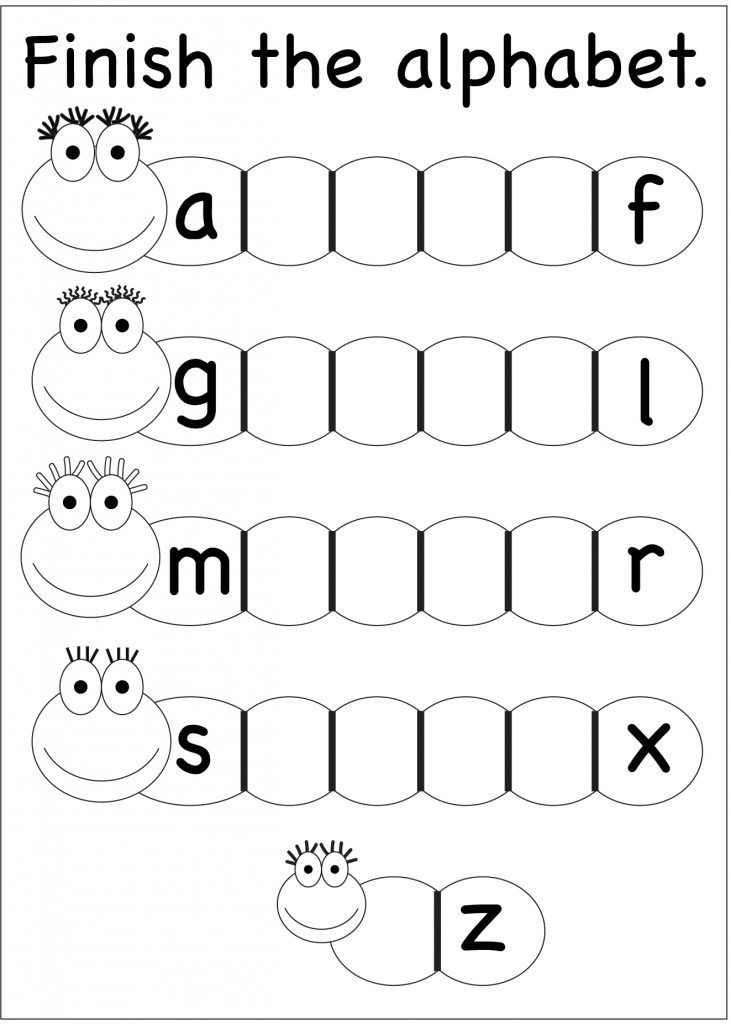 Therefore, leave the study of the alphabet for children 5-6 years old, who will need it at school, and with toddlers, just learn the letters without adhering to the alphabetical sequence.
Therefore, leave the study of the alphabet for children 5-6 years old, who will need it at school, and with toddlers, just learn the letters without adhering to the alphabetical sequence.
- The alphabet is not just all the letters, it's the letters in a CERTAIN sequence.
- The alphabet is the base of any language.
- The alphabet is the key to all dictionaries, reference books, encyclopedias and other documents where order and systematization are important.
- Knowing the alphabet saves time.
Learning letters: where to start
In what order to learn letters? Do I need to learn the alphabet? Start with vowels or consonants?
Let's be clear, so:
1. No need to learn letters in alphabetical order.
2. Do not learn letters mixed up: either vowels or consonants.
3. First, learn the 10 vowel letters with your child.
We wrote in detail about how to learn 10 vowels in 5 lessons.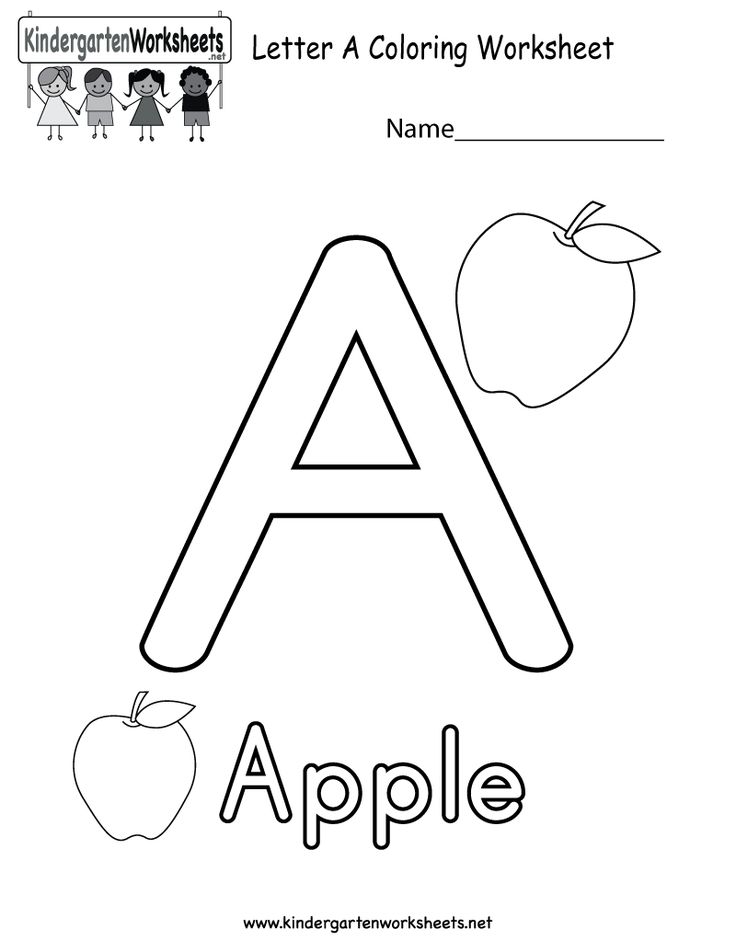 The technique is really very effective and simple. Any mom will do.
The technique is really very effective and simple. Any mom will do.
4 . Consonants are best taught after vowels.
5. Name the sounds, not how the letter is pronounced in the alphabet.
Why is it important to learn 10 vowels well?
Practice shows that children who read poorly stumble because they forget how to read vowels. So that the child does not “stumble” while reading, take your time learning the letters. At the initial stage, pay attention to the vowels: how they are pronounced, how they look in writing. And only after that go to the consonants.
How to teach a child the alphabet at 3-4 years old
If you decide to teach your child the letters at 3 years old, remember that nothing can be done by force, only games, only entertaining exercises and NO FORCE. These recommendations are relevant for any age, because you do not want to develop a reluctance to study and go to school in the future.
- Don't expect your child to memorize many letters at once.
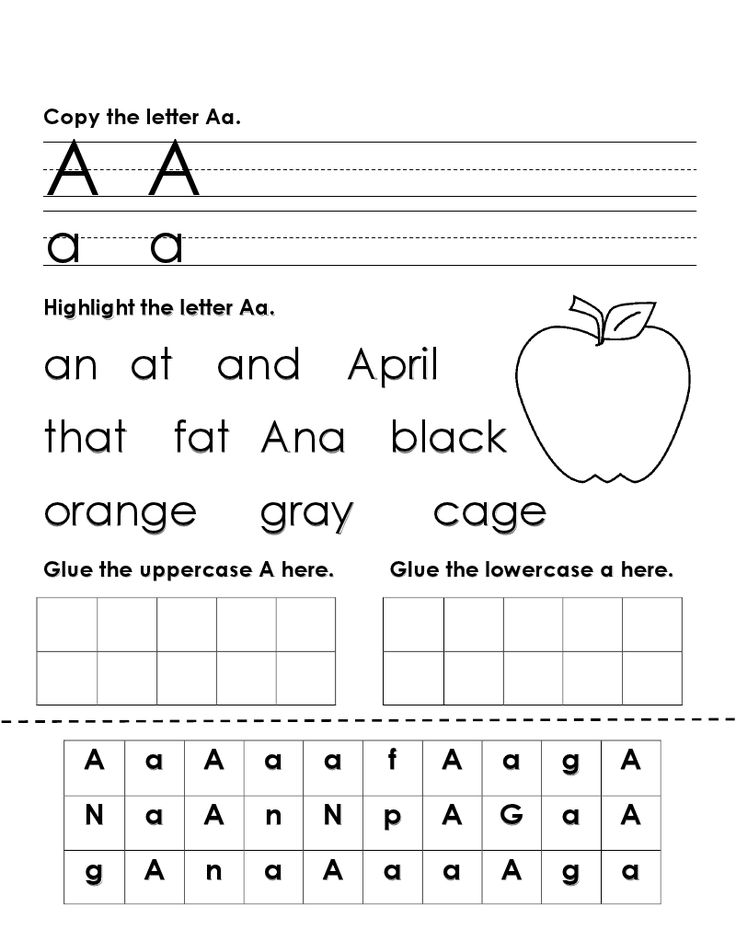 Do not aim to learn the entire alphabet, it will take time.
Do not aim to learn the entire alphabet, it will take time. - Twice a week give your child new material, and on other days repeat and reinforce what has been learned.
- With a child of 3-4 years old, it is enough to do 2-7 minutes a day.
- Learn vowels in pairs, so it will be easier for the child to remember: A - I, O - E, U-Yu, Y - I, E - E.
- Before introducing the child to consonants and starting to learn to read, make sure that the knowledge of all vowels is brought to automatism.
How to learn consonants: a game method
There are many more consonants than vowels. It will take more patience, effort and time to study them. But everything will work out if you strictly follow the recommendations and take your time.
Prepare a table. Each table has six rows. In the top line, write or print hard consonants in blue, soft consonants in green. In the rest of the lines, write short open syllables.
|
|
|
|
|
|
- Together with your child, sing songs of vowel sounds: in a rough low voice A, O, U, Y, E and a high thin voice Ya, Yo, Yu, I, E.
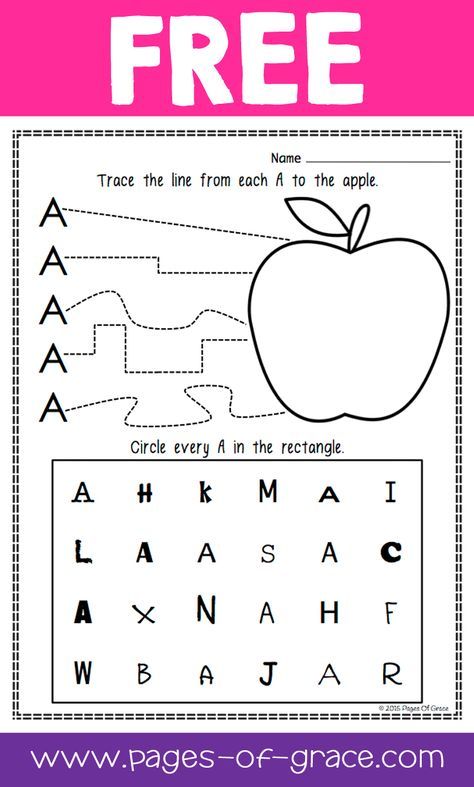
- Clearly pronounce the consonants in the top line of the table. In each lesson, work with 6 tables.
IMPORTANT! Make sure that the child and you yourself pronounce the consonants clearly, so that after them no extraneous vowels are heard Ы or I. E if the child gets used to speaking D s, C s instead of pure sounds D 9000, 50006 , then it will be incorrect to read.
The most difficult thing is to pronounce pure sounds B, C, D, D; B, B, G, D . The rest are easier, especially the deaf.
Teach a child to pronounce correctly Z and 3b, for example, very simple. Ask your child: “How big is a mosquito buzzing? Z-Z-Z. No, not Z s, but Z-Z-Z! Mosquito cannot speak Z s, he does Z-Z-Z . And how does a small mosquito buzz? 3b-3b-b . Mosquito cannot speak Z and, he does 3-3-3 . This is how we call these letters: З-З-З and ЗЗ-ЗЗ-З ".
Mosquito cannot speak Z and, he does 3-3-3 . This is how we call these letters: З-З-З and ЗЗ-ЗЗ-З ".
- Sing the syllables in the same way as you did with the vowels.
- Show the child the letter b in the tables and say that it is called a "soft sign". Remind him of her name from time to time.
The letter b does not indicate a sound, but only INDICATES the softness of the consonant.
- Write on a separate card. Name what this sound sounds like. Give examples of words that begin with this sound: iodine, yogurt, yogi.
The very name of the letter “ AND short” the child will learn later when he learns the alphabet. Remind your child of this letter from time to time by SPEAKING IT.
- Go back to these charts several times a day and sing the words together with your child.
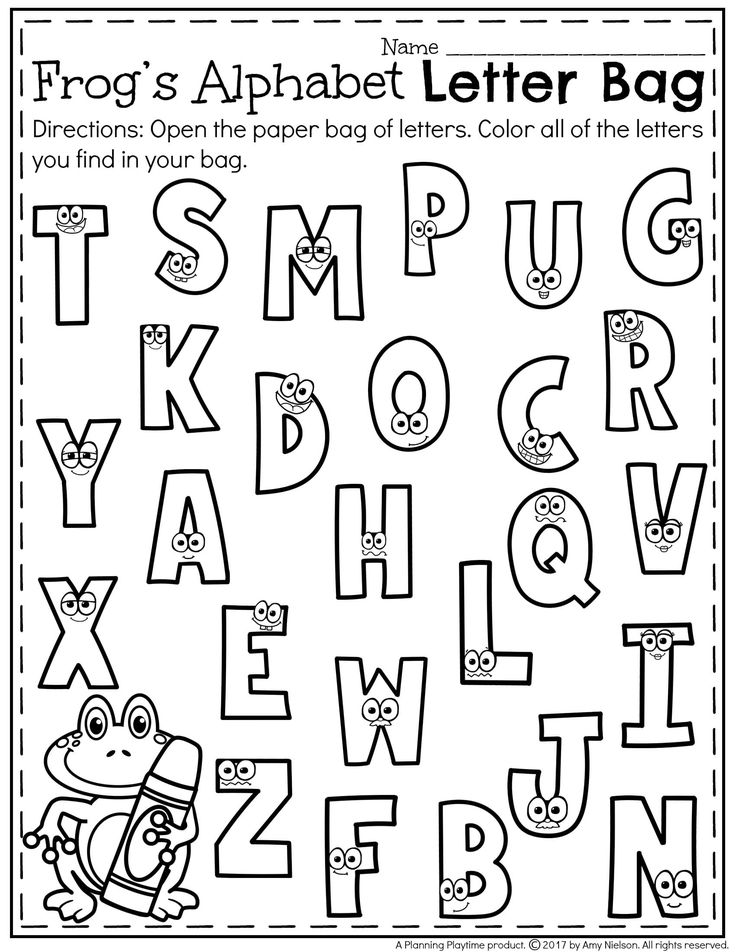 Do it regularly.
Do it regularly. - When you see that the child is doing everything right, replace 2 tables with two new ones.
|
|
The procedure is the same. Sing all 6 tables daily with your child.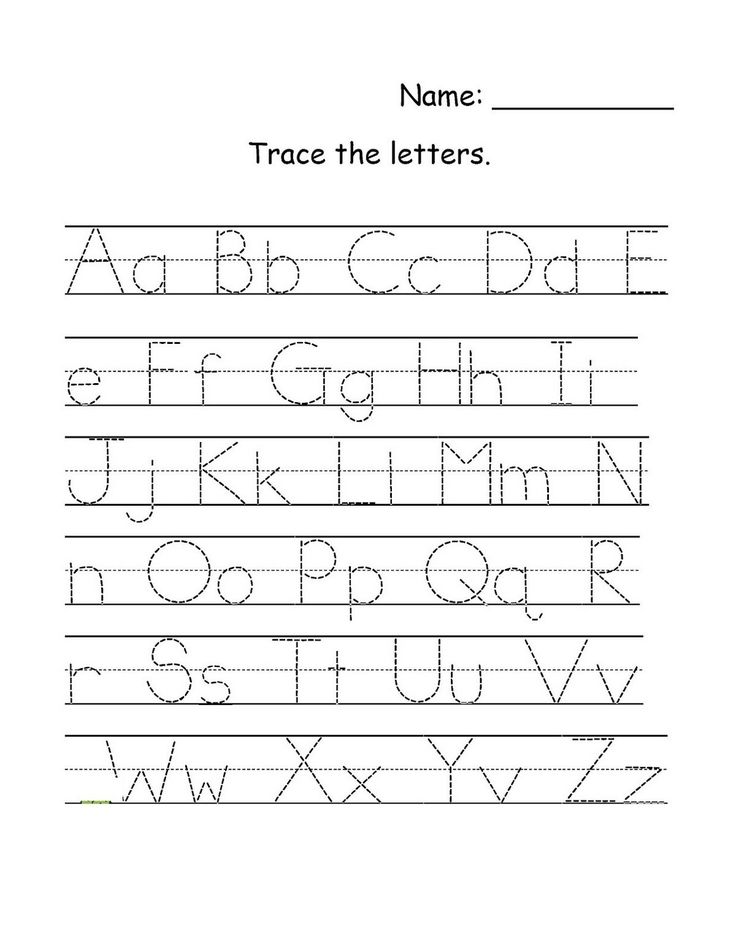 As a result, the child will repeat the old letters and learn 2 new letters.
As a result, the child will repeat the old letters and learn 2 new letters.
- Again, replace 2 tables with two new ones, and so on.
If you stick to the plan “new twice a week, repeat the rest of the day”, your child will learn 32 letters of the Russian alphabet in a month. With b you will introduce the child later when he starts to read and meets this letter in words.
IMPORTANT! The Russian language has twin sounds and warehouses: Zh-Zh, ZHO-ZhO, SH-SH, SHO-SH, Ch-CH, CHO-CH, SH-SCH, SCHO-SCHO, TSY-TSI . They are spelled differently, but they sound the same! Be sure to bring this to your child's attention.
How to teach a child the alphabet at 5-6 years old
The age of 5-6 years old is the best for learning the alphabet and learning to read. It is better when the child goes to school prepared. It is IMPORTANT only to prepare it correctly so that the teacher does not have to retrain, and the child does not have to suffer because of the inept actions of the parents or the compassionate grandmother who wanted "the best".